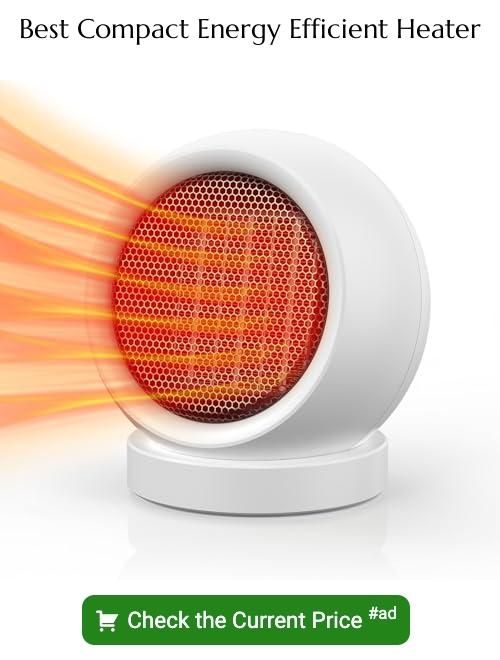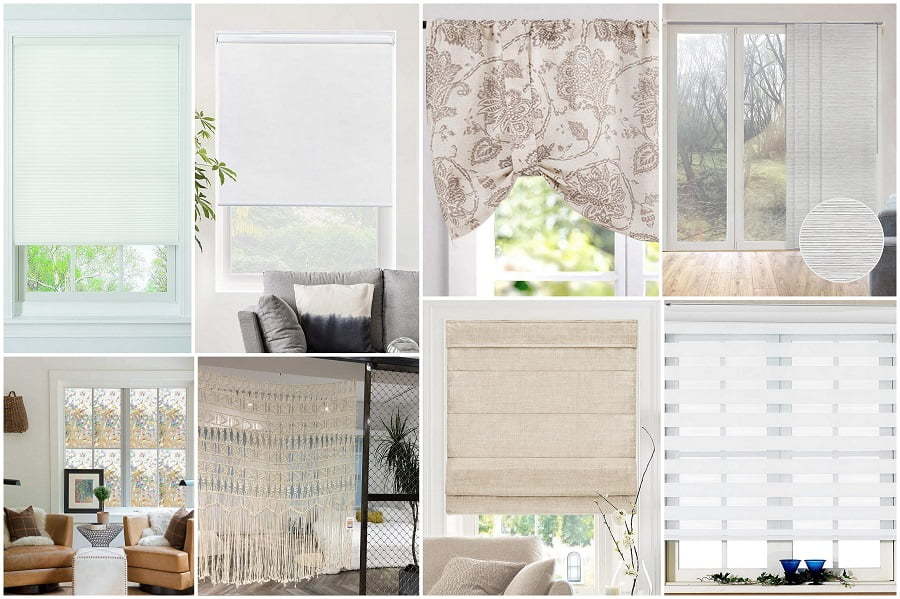Last updated on
Get ready to ditch your space heater and save some money with these alternative heating ideas. Read on!
As the temperature drops, we all crave a warm and cozy home. While space heaters are a popular option to achieve this, they can be expensive to operate and pose safety hazards if not used correctly.
Luckily, there are alternative ways to heat your home that won’t break the bank or put you at risk. In this article, I will share 15 creative ideas for space heater alternatives that will keep you warm and snug without breaking the bank.
From DIY solutions to eco-friendly options, each idea has its own advantages and disadvantages. So sit back, grab a cup of hot cocoa, and let’s explore some innovative ways to stay warm this winter season!
Electric Blanket
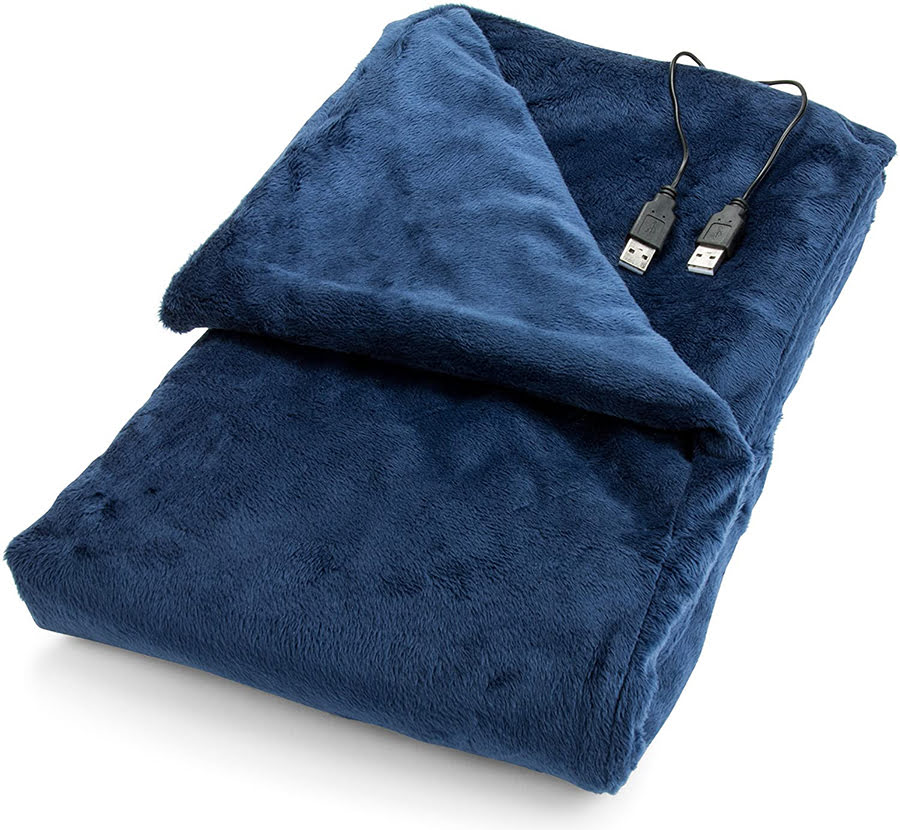
When it comes to staying warm during the colder months, an electric blanket can be a cozy and cost-effective alternative to using a space heater. Electric blankets come in various sizes and styles, from throw blankets to larger ones that fit on your bed.
Advantages of using an electric blanket include its ability to provide targeted warmth directly onto your body without having to heat up the entire room. This means you can save money on heating costs by keeping your thermostat lower while still feeling comfortable.
Many modern electric blankets have safety features such as automatic shut-off timers or overheat protection.
However, there are also some disadvantages of using an electric blanket as a space heater alternative. For one thing, they only provide warmth for one person at a time and may not be suitable for larger rooms or shared spaces like living rooms or dining areas.
They also require access to electricity which may limit where you can use them in your home.
Overall though if you’re looking for something that’s affordable yet effective at keeping you warm during chilly nights then investing in an electric blanket could be just what you need!
Infrared Heater
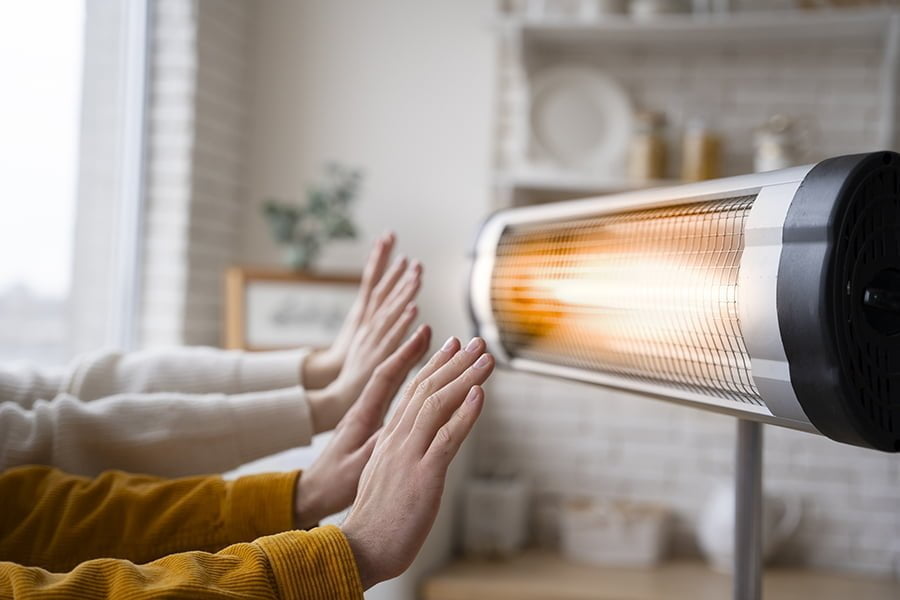
One of the most popular alternatives to traditional space heaters is an infrared heater. These types of heaters use electromagnetic radiation to heat objects in a room, rather than just the air.
This means that they can provide more targeted and efficient heating, as well as being safer for children and pets since they don’t get hot enough to cause burns.
One advantage of infrared heaters is that they are often more energy-efficient than other types of space heaters, which can save you money on your electricity bill over time. They also tend to be quieter than fan-forced or oil-filled radiators.
However, there are some disadvantages to consider before investing in an infrared heater. For one thing, they may not be suitable for larger rooms or open spaces since their heating range is limited compared with other options like ceramic or oil-filled models.
While these units do not produce any harmful emissions like carbon monoxide (CO), it’s still important to ensure proper ventilation when using them indoors because prolonged exposure could lead people with respiratory problems such as asthma feeling uncomfortable due dryness caused by low humidity levels inside homes during winter months when indoor heating systems run continuously without adequate moisture control measures taken into consideration beforehand.
Wood Stove
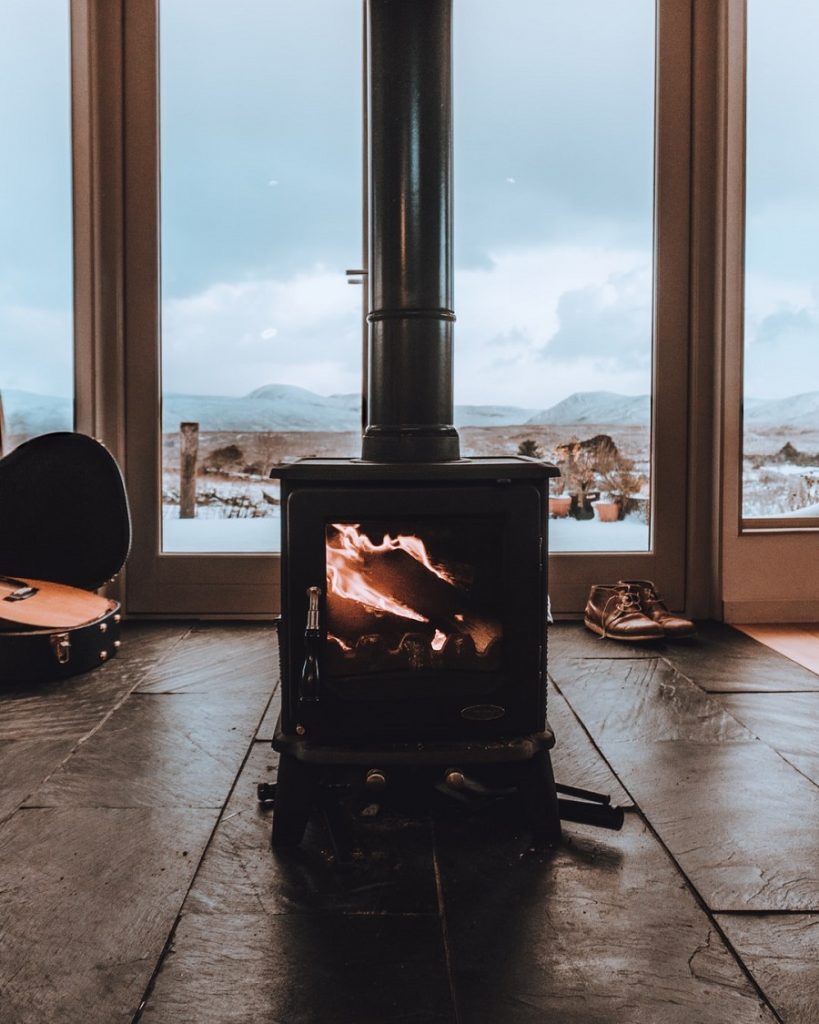
A wood stove is a classic and rustic way to heat up your home. It can create a cozy atmosphere, perfect for those cold winter nights.
One of the advantages of using a wood stove is that it can be cost-effective in the long run since you don’t need electricity or gas to operate it. Burning wood is considered more environmentally friendly than other heating methods.
However, there are also some disadvantages to consider when using a wood stove as an alternative space heater. First and foremost, safety should always be taken into account when operating any type of fire-based heating system in your home.
You’ll need proper ventilation and regular maintenance to ensure that everything runs smoothly without posing any risks.
Another potential downside is that you’ll have to store firewood somewhere on your property which could take up valuable space or require additional expenses if purchased from outside sources.
While there are certainly pros and cons associated with using a wood stove as an alternative space heater option – for those who enjoy the ambiance created by natural flames – this may just be one solution worth considering!
Pellet Stove
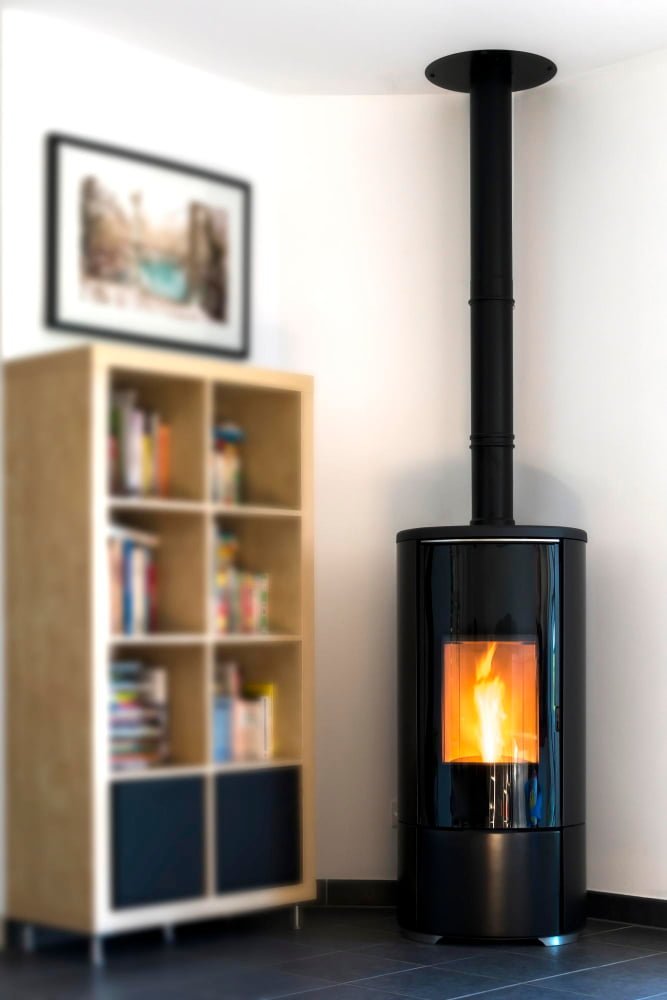
One alternative to a traditional space heater is a pellet stove. Pellet stoves burn compressed wood pellets, which are made from sawdust and other wood waste materials.
They can be an efficient way to heat your home while also adding ambiance with their flame display.
Advantages of pellet stoves include their high efficiency, as they can produce more heat per pound of fuel than traditional fireplaces or wood-burning stoves. They also have low emissions and are considered environmentally friendly since the pellets used for fuel come from renewable sources.
However, there are some disadvantages to consider when using a pellet stove as an alternative space heater. One major drawback is that they require electricity to operate the fans and auger that feed the pellets into the firebox.
This means that if you lose power during cold weather, your heating source will be compromised.
Purchasing and installing a pellet stove can be expensive compared to other types of heaters on this list such as electric space heaters or propane heaters. The cost may not make sense for those who only need occasional supplemental heating in one room rather than whole-house warmth throughout winter months.
Overall though, if you’re looking for an eco-friendly option with high efficiency ratings then it’s worth considering investing in a quality pellet stove!
Gas Fireplace

A gas fireplace is a popular alternative to traditional wood-burning fireplaces. It provides warmth and ambiance without the hassle of chopping wood or cleaning up ashes.
Gas fireplaces come in various styles, from modern to traditional, and can be installed in almost any room of your home.
Advantages:
- Easy to use: With just a flip of a switch or push of a button, you can turn on your gas fireplace.
- Low maintenance: Unlike wood-burning fireplaces that require regular cleaning and upkeep, gas fireplaces are relatively low-maintenance.
- Energy-efficient: Gas fireplaces are more energy-efficient than their wood-burning counterparts because they don’t lose heat through the chimney.
Disadvantages:
- Expensive installation cost: Installing a gas fireplace requires professional installation which can be costly.
- Limited heat output: While it does provide some warmth, it may not be enough for larger rooms or homes with poor insulation.
- Requires access to natural gas line or propane tank if not already available in your home.
Oil-filled Radiator
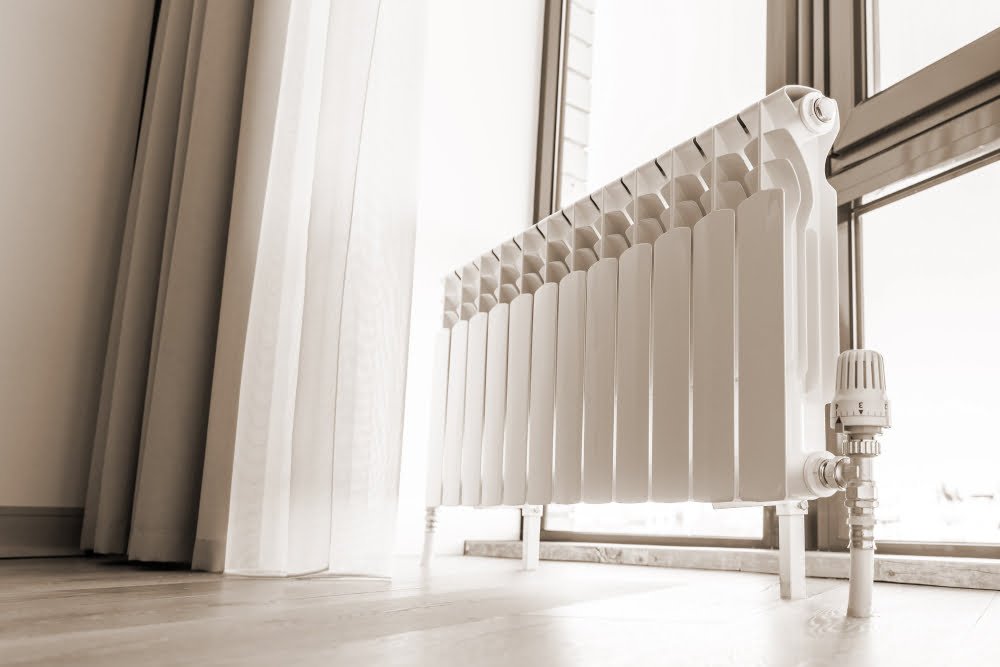
These heaters are filled with a special type of oil that heats up and radiates heat into the room.
One advantage of using an oil-filled radiator is that they provide consistent, even heating throughout the room without drying out the air like some other types of heaters can do.
Another advantage is that they are relatively quiet compared to other types of space heaters, making them ideal for use in bedrooms or offices where noise levels need to be kept low. However, one disadvantage is that they can take longer to heat up than some other types of heaters, so you may need to turn them on well before you actually want your room heated.
While these units tend to be more energy-efficient than traditional electric space heaters because they retain their heat longer after being turned off; however it’s important not leave them unattended as there still remains a risk for fire hazards if left on too long or placed near flammable materials such as curtains or furniture.
Central Heating System
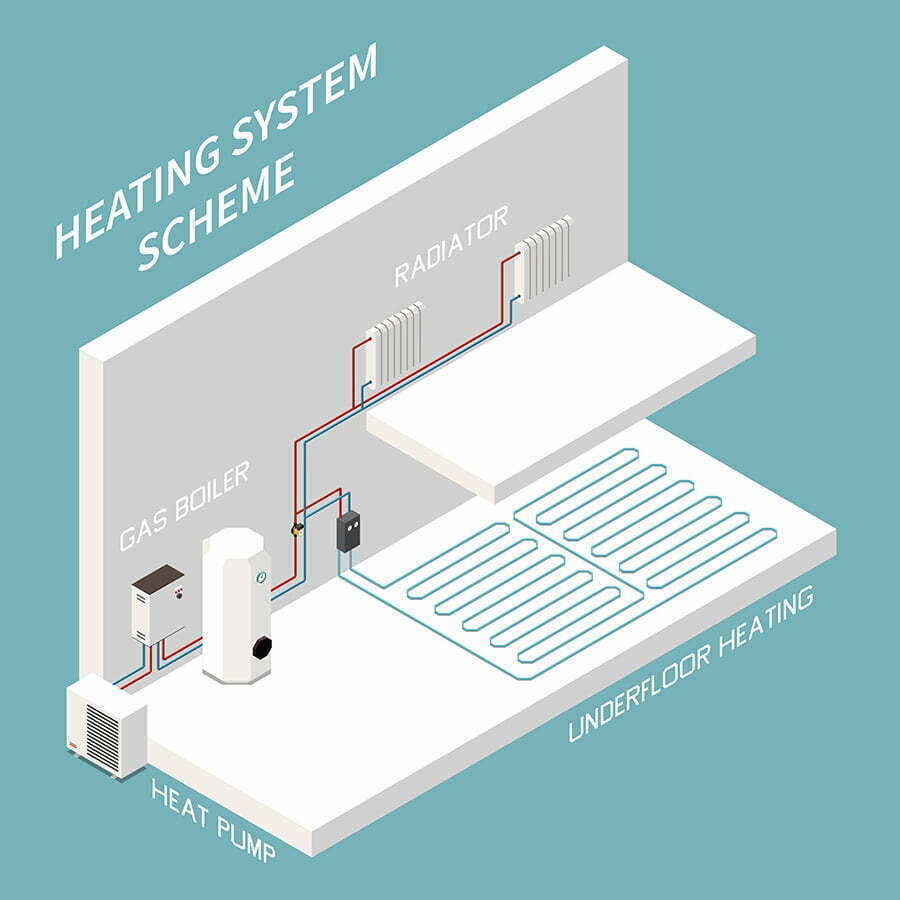
This type of system uses a furnace or boiler to heat air or water, which is then distributed throughout the house via ductwork or pipes.
One advantage of a central heating system is that it can provide consistent and even heat throughout your entire home. It also allows for easy temperature control with thermostats in each room.
However, there are some disadvantages as well. Central heating systems can be expensive to install and maintain, especially if you need new ductwork installed in an older home.
They also require regular maintenance such as filter changes and annual inspections.
Central heating systems may not be energy-efficient if they are not properly sized for your home’s needs or if they have leaks in the ducts or pipes.
While a central heating system may be effective at keeping your whole house warm during colder months, it’s important to weigh both its advantages and disadvantages before making any decisions about how best to heat your space on budget-friendly terms.
Micathermic Heater
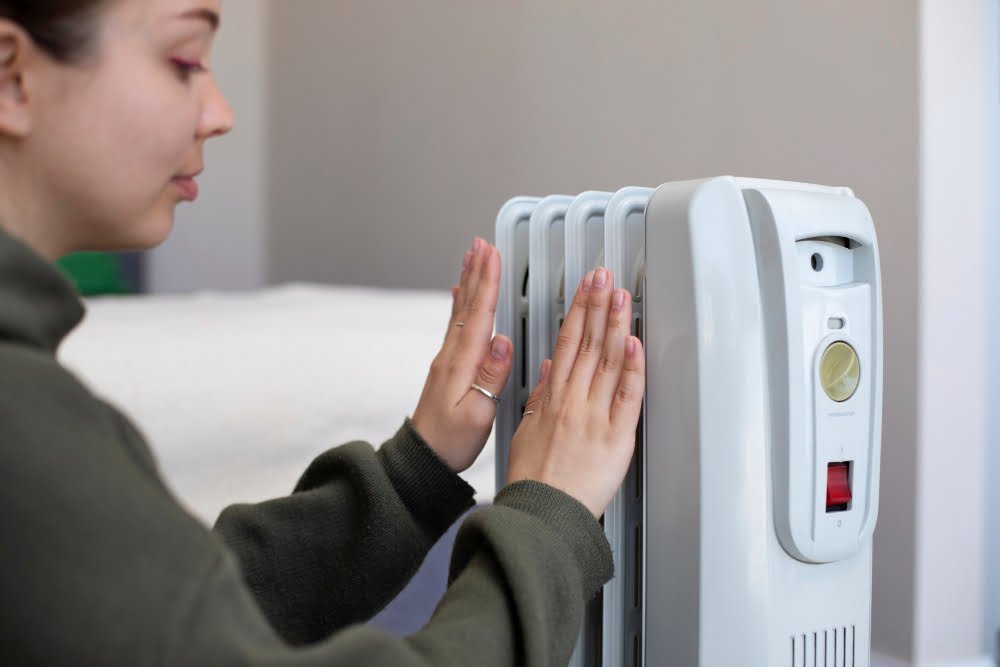
Micathermic heaters are a type of space heater that uses both convection and radiant heating to warm up a room. They work by using thin sheets of mica, which is an excellent conductor of heat, to transfer warmth into the air.
The advantage of micathermic heaters is that they can quickly heat up large spaces while remaining energy-efficient. They have no exposed heating elements or flames, making them safer than other types of space heaters.
However, one disadvantage is that micathermic heaters tend to be more expensive than other types of space heaters on the market. Also, some users report a slight odor when first turning on the unit due to dust accumulation during storage or shipping; this usually dissipates after several minutes and does not affect performance in any way.
Ceramic Space Heaters

Ceramic space heaters are a popular choice for those looking to heat up a small room or area. These heaters use ceramic plates and aluminum baffles to generate heat, which is then dispersed into the surrounding air.
One advantage of ceramic space heaters is that they are relatively energy-efficient and can quickly warm up a room without using too much electricity. They also tend to be quieter than other types of space heaters, making them ideal for use in bedrooms or offices.
However, one disadvantage of ceramic space heaters is that they may not be as effective at heating larger rooms or open spaces. Some models may have safety concerns such as overheating if left on for extended periods of time or being knocked over easily due to their lightweight design.
It’s important to carefully read the manufacturer’s instructions before using any type of heater and never leave it unattended while in operation.
Propane Heaters

Propane heaters use propane gas as fuel and can be used both indoors and outdoors.
One advantage of propane heaters is that they provide heat quickly, making them ideal for outdoor activities such as camping or tailgating. They do not require electricity to operate, which makes them useful during power outages.
However, there are also some disadvantages to using propane heaters. Firstly, they emit carbon monoxide when in use which can be dangerous if the room is not well-ventilated or if the heater malfunctions.
Secondly, refilling the propane tank can be expensive compared to other types of fuel sources like electricity or natural gas.
Heat Pumps
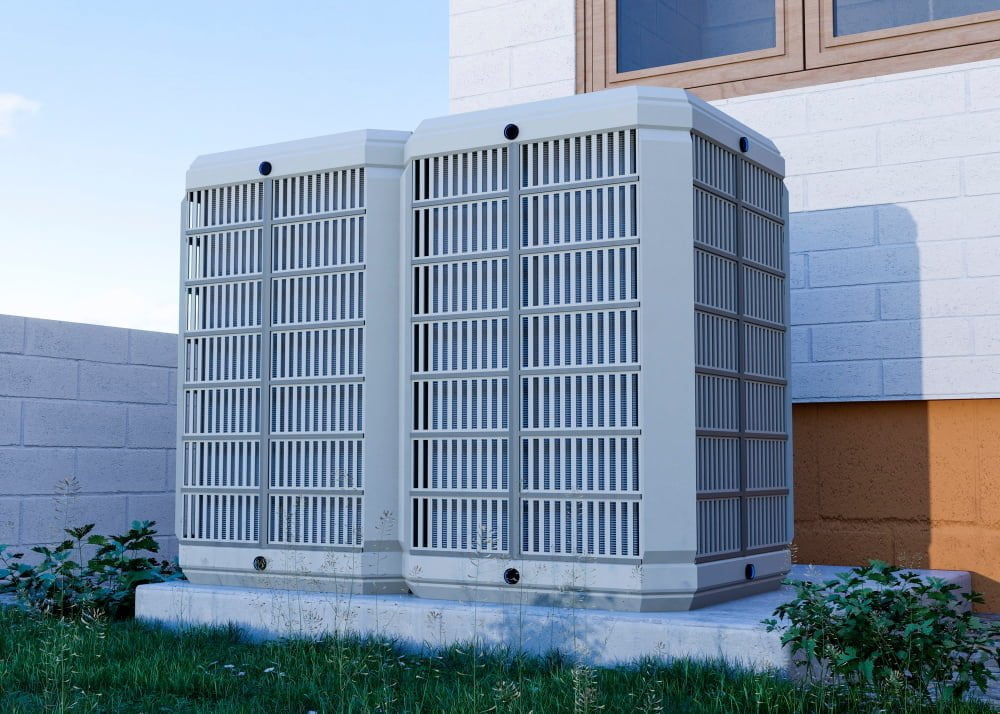
Heat pumps are an excellent alternative to space heaters, especially for those who live in areas with moderate climates. They work by transferring heat from the outside air or ground into your home, providing efficient heating and cooling all year round.
One of the main advantages of heat pumps is their energy efficiency – they use less electricity than traditional heating systems and can save you money on your utility bills in the long run. However, they may not be as effective in extremely cold temperatures and require professional installation which can be costly upfront.
Some models may produce noise during operation which could be a concern for some homeowners. If you’re looking for an eco-friendly way to keep your home comfortable throughout the year while saving money on energy costs over time, a heat pump might just be what you need!
Underfloor Heating

Underfloor heating is a popular alternative to space heaters that can provide warmth throughout an entire room. This type of heating system involves installing electric or water-based pipes underneath the flooring, which then radiate heat upwards into the room.
One advantage of underfloor heating is that it provides even and consistent heat distribution, eliminating cold spots in a room. Since the heat rises from below rather than blowing out from a heater unit, there’s no noise or air movement to disrupt your peace and quiet.
However, underfloor heating can be expensive to install initially and may require professional installation if you’re not experienced with plumbing or electrical work. It also takes longer for this type of system to warm up compared to traditional space heaters since it relies on radiant heat transfer rather than convection currents in the air.
Despite these drawbacks though, many homeowners find underfloor heating worth investing in for its long-term energy efficiency benefits and luxurious feel underfoot during colder months!
Solar Air Heater
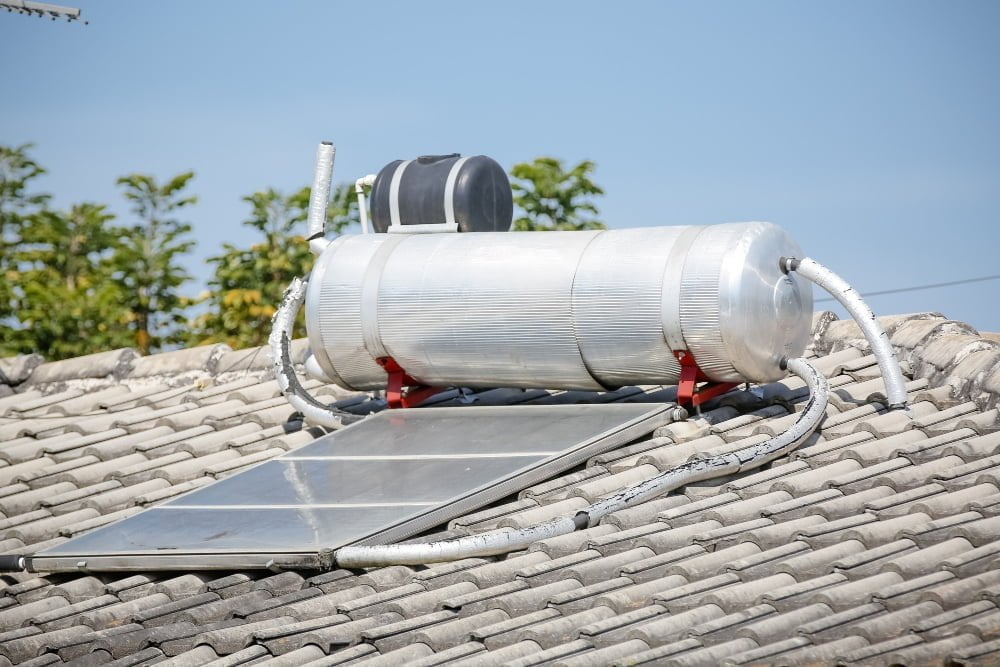
One of the most eco-friendly and cost-effective alternatives to traditional space heaters is a solar air heater. This type of heater uses the sun’s energy to heat up air, which is then circulated throughout your home using fans or natural convection.
The advantages of a solar air heater are numerous. First and foremost, it doesn’t require any electricity or fuel to operate, making it an excellent choice for those looking to reduce their carbon footprint and save money on their energy bills.
Since it relies solely on sunlight as its power source, you won’t have to worry about any harmful emissions being released into your home.
However, there are also some disadvantages that come with using a solar air heater. For one thing, they’re not very effective in areas with limited sunlight or during cloudy days when there isn’t enough sunshine available.
They also tend to be less powerful than other types of space heaters and may not provide enough warmth during extremely cold weather conditions.
Overall though if you live in an area where there’s plenty of sunshine year-round (or at least for most parts), investing in a high-quality solar air heating system can be an excellent way both financially as well as environmentally friendly option for keeping your home warm without breaking the bank!
Geothermal Heat
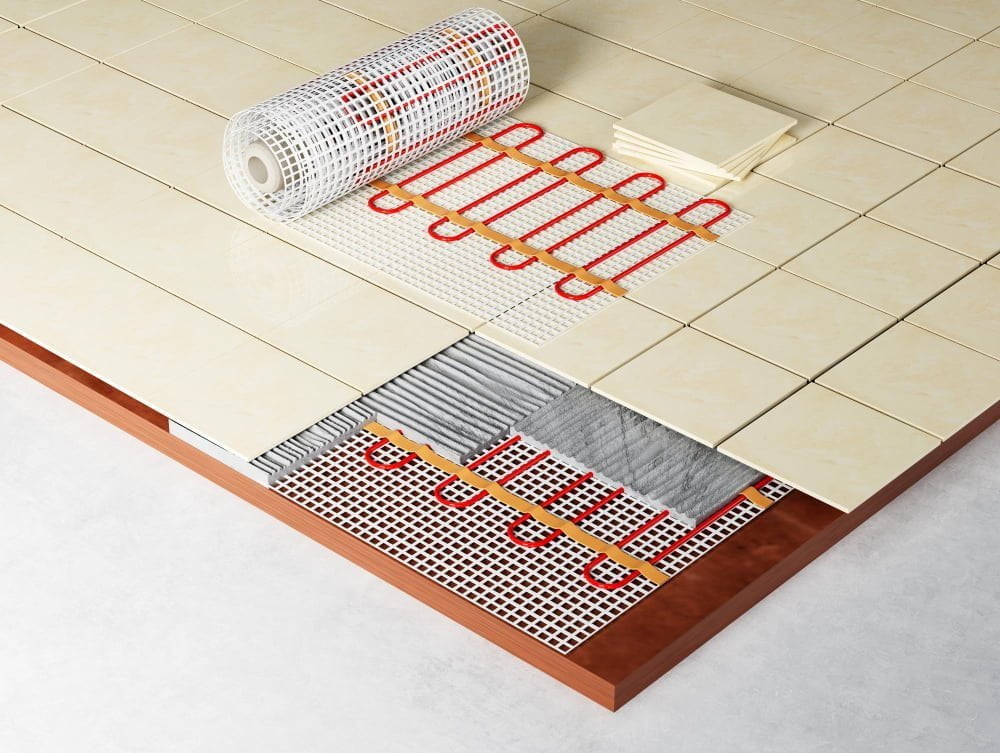
Geothermal heat is a unique and eco-friendly alternative to traditional space heaters. This type of heating system uses the natural warmth from the earth’s core to regulate indoor temperatures.
Geothermal heat pumps are installed underground, where they can absorb and transfer heat energy efficiently.
One advantage of geothermal heating is that it provides consistent warmth throughout your home without producing any harmful emissions or pollutants. This type of system requires very little maintenance once installed, making it a cost-effective option in the long run.
However, one disadvantage of geothermal heating is that it can be expensive to install initially due to its complex installation process. It also requires access to an adequate amount of land for installation purposes.
If you’re looking for an environmentally friendly way to keep your home warm during colder months while reducing your carbon footprint and energy bills over time – then geothermal heating may be worth considering as an alternative space heater option!
Passive Solar Design

Passive solar design is a great alternative to space heaters, especially for those who live in areas with abundant sunlight. This design utilizes the sun’s energy to heat up the home naturally without any additional equipment or electricity.
The concept behind passive solar design is simple: maximize the amount of sunlight that enters your home during winter months and minimize it during summer months.
One way to achieve this is by strategically placing windows on south-facing walls, which allows maximum exposure to sunlight during winter while minimizing it in summer through shading devices such as overhangs or awnings. Thermal mass materials like concrete floors and brick walls can absorb heat from direct sunlight and release it slowly throughout the day.
The advantages of passive solar heating are numerous – no need for extra equipment or electricity means lower utility bills; natural light creates a warm ambiance; environmentally friendly since there are no emissions associated with its use.
However, there are also some disadvantages that come along with this method. Passive solar heating requires careful planning and construction before implementation which may be costly upfront but will pay off over time through reduced energy costs.
It also relies heavily on weather conditions so homes located in cloudy regions may not benefit as much from this approach compared to those living in sunny areas.
If you’re looking for an eco-friendly way of keeping your house warm without breaking the bank then passive solar heating might just be what you need!
Recap
